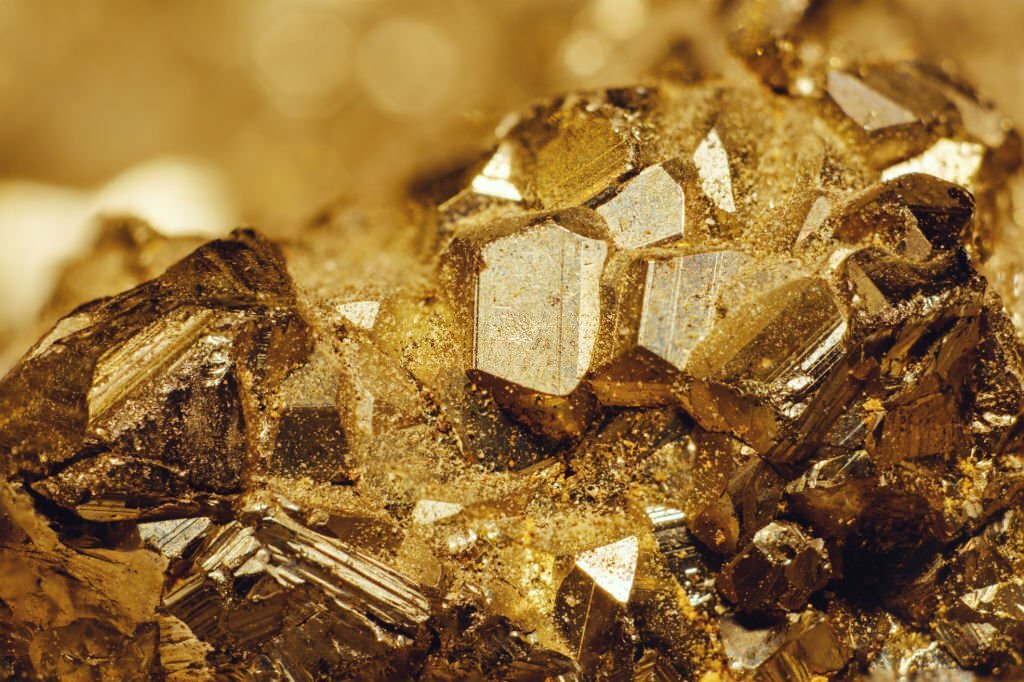In the world of industry and construction, the effective transformation of raw materials into functional components is a cornerstone of progress. This transformation often begins with the use of crushing and screening equipment, a dynamic duo that can break down large and unwieldy materials into smaller, manageable forms. But what are the common materials subjected to this transformative process?
This article delves into the core of this question, exploring the fundamental materials that find their way into the jaws of crushers and the screens of sorting equipment. From the construction sector’s insatiable appetite for aggregates to the mining industry’s quest to extract valuable ores, these machines play a pivotal role. Furthermore, in our era of environmental consciousness, we’ll also explore how these tools facilitate recycling by turning discarded materials into valuable resources. This journey through the materials processed by crushing and screening equipment underscores their indispensable role in shaping the world around us.
1. Aggregates

Aggregates, comprising gravel, sand, and crushed stone, stand as the veritable lifeblood of the construction and infrastructure sectors. Their significance in the realm of materials processed with crushing and screening equipment cannot be overstated.
Gravel, often found in riverbeds or extracted from quarries, serves as a versatile foundation material. It provides stability for road construction, forms the base of building foundations, and aids in effective drainage systems. Sand, with its fine granular composition, is crucial in making concrete, mortar, and asphalt. These components are fundamental to the creation of bridges, buildings, and roadways, the literal underpinnings of modern civilization.
Crushed stone, in various sizes and compositions, is essential in a myriad of construction applications, from road surfacing to landscaping. It is the backbone of many structures, offering strength, durability, and aesthetic appeal. In essence, aggregates represent the raw materials for building dreams, and the crushing and screening equipment ensures that these dreams are realized.
2. Ores

In the vast and often remote realms of the mining industry, crushing and screening equipment are indispensable tools in the quest to unearth valuable minerals from the Earth’s depths. This process encompasses a wide spectrum of minerals, spanning from the glittering allure of copper and gold to the foundational iron ore and the versatile bauxite.
Copper, with its exceptional conductivity, is an essential component in electrical systems, while gold, with its enduring luster, is highly coveted for its ornamental and financial value. Iron ore is the foundational material for steel production, a cornerstone of construction and industry, while bauxite is the source of aluminum, a metal integral to aerospace, automotive, and packaging industries.
In this article, we will explore how crushing and screening equipment play a pivotal role in extracting these precious minerals from ore deposits, shedding light on the complex processes involved in mining and refining the materials that underpin our modern world.
3. Recycled Materials

The recycling industry serves as an environmental beacon, and at its core, it relies heavily on crushing and screening equipment. These machines are at the forefront of transforming waste materials, such as concrete, asphalt, and demolition debris, into valuable resources for new construction projects.
Concrete, once demolished, is often crushed and screened into aggregate, which can then be utilized in fresh concrete mixes, reducing the demand for virgin materials and minimizing environmental impact. Similarly, asphalt can be reclaimed and reincorporated into new road surfaces, saving both resources and energy. Demolition waste, which would otherwise occupy landfill space, can be sorted, crushed, and screened to salvage usable building materials.
This recycling process not only conserves resources but also minimizes waste and reduces the carbon footprint of construction projects. Through the lens of recycling, we see how crushing and screening equipment are pivotal in the sustainable cycle of materials, creating a greener, more responsible construction industry.
4. Coal

In the energy sector, coal has historically been a cornerstone of power generation and industrial applications. To harness the potential energy stored in coal, crushing and screening equipment plays a critical role.
Coal, a fossil fuel, is primarily used in power plants to generate electricity. Before combustion, coal is crushed and screened to reduce it to the appropriate size and consistency, ensuring efficient and controlled burning. This process is vital for maintaining stable energy production, especially in coal-fired power plants.
Apart from electricity generation, coal-derived energy is also crucial in various industrial applications, including heating, metallurgy, and chemical production. Crushing and screening equipment helps prepare coal for these diverse uses by refining the material’s size and quality.
While the energy landscape is evolving with the advent of cleaner and more sustainable alternatives, coal remains an essential component of the energy mix in many regions. As such, the role of crushing and screening equipment in the coal industry underscores their continued significance in powering our world.
5. Industrial Minerals

Industrial minerals, often overlooked but essential to diverse industries, undergo crucial processing via crushing and screening equipment. These minerals, including limestone, gypsum, and salt, serve as the foundational ingredients for various industrial applications.
Limestone, with its versatility and durability, is integral to the construction industry. It’s crushed and screened to produce aggregates used in concrete, road construction, and even as a soil conditioner in agriculture. Gypsum, known for its fire-resistant and binding properties, is processed into various forms like plaster and wallboard, supporting the construction and interior design sectors. Salt, a mineral used extensively for its flavor-enhancing properties, is crushed and screened to extract pure salt for food and chemical industries.
These minerals exemplify the role of crushing and screening equipment in refining raw materials, facilitating the creation of products that enrich our lives and sustain a wide range of industries, from construction to food processing. The transformation of industrial minerals underscores the adaptability and versatility of these machines in diverse industrial processes.
6. Biomass

Within the ever-evolving realm of renewable energy, the utilization of crushing and screening equipment takes on a unique and environmentally-conscious purpose. These machines are employed to process biomass materials, including wood chips and agricultural residues, with the goal of producing biofuels.
Wood chips, sourced from sustainable forestry practices, and agricultural residues like crop stalks and straw, are renewable and abundant resources. They can be transformed into biofuels through a multi-step process that involves crushing, screening, and refining. Once these materials are processed, they can be converted into bioethanol, biodiesel, or other forms of biofuels that serve as eco-friendly alternatives to traditional fossil fuels.
This green shift in energy production signifies the pivotal role of crushing and screening equipment in driving sustainability. By facilitating the conversion of organic waste into clean and renewable energy sources, these machines are instrumental in reducing greenhouse gas emissions and mitigating climate change, contributing to a greener and more sustainable energy landscape.
7. Waste Materials

Waste management is a pressing concern in our modern world, and in this context, crushing and screening equipment prove their versatility by significantly contributing to waste reduction and recycling efforts. These machines play a vital role in the waste management industry by reducing the size of solid waste materials and making them more manageable for disposal and recycling.
Solid waste, which can include anything from household waste to industrial debris, is processed using this equipment. Crushing and screening can transform large and unwieldy items into smaller pieces, which not only minimizes the volume of waste but also facilitates more efficient transportation and disposal. In some cases, these smaller fractions can be further sorted for recycling, thus reducing the strain on landfills and conserving valuable resources.
Crushing and screening equipment in waste management represents a sustainable approach to handling our ever-growing waste streams. By making waste more manageable and by enabling recycling, they play a crucial role in reducing the environmental impact of waste disposal and fostering a more responsible approach to waste management.
In conclusion, the world of crushing and screening equipment is one of immense versatility and significance across a wide array of industries. From their fundamental role in breaking down aggregates for construction, to their indispensable presence in mining, recycling, energy production, and waste management, these machines shape our modern world. They are the unsung heroes behind the transformation of raw materials into the building blocks of infrastructure, the facilitators of resource extraction, the enablers of sustainability in recycling, and the tools that drive a greener energy sector. These machines stand as silent giants in the industry, embodying innovation and adaptability as they continue to mold the landscapes of progress and sustainability.
For a deeper insight into the materials processed with crushing and screening equipment, don’t miss the opportunity to explore our comprehensive information at the Boom and Bucket website. Discover how these machines are integral to construction, mining, recycling, and more. Get a front-row seat to the technological wonders that shape our industries and pave the way for a sustainable future. Visit our website now!

